


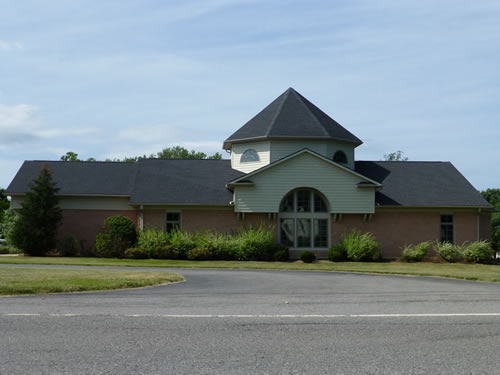

During the late 1890s, several immigrants from the Middle East regions of Syria, Lebanon, Jordan, and Palestine began to settle in the Rochester area. Many of these Middle Eastern Catholics worshipped in the Latin Rite parishes of St. Bridget, St. Joseph (downtown), and St. Michael at that time, as there was no Eastern Rite parish in the Diocese of Rochester to serve them. In the first quarter of the 20th century, Mr. and Mrs. Jacob Sabella approached the Pastor of St. Michael church, Fr. Matthias J. Hargather, about administering the Mystery of Holy Illumination according to the traditional Melkite practice (Baptism by immersion immediately followed by Confirmation and first reception of the Eucharist). Fr. Hargather was unable to do this, but he contacted the Diocese of Brooklyn who sent a Melkite pastor, Fr. Paul Sanky, to Rochester to administer the Sacraments. Fr. Sanky did so, and he offered the first Melkite Divine Liturgy in the Diocese of Rochester at St. Michael's church. Due to a strong turnout, Fr. Sanky encouraged the community to pursue their own Melkite parish.
A group of about 30 families would regularly meet in homes for prayer and scripture. Eventually, they heeded Fr. Sanky's advice and approached Bp. Thomas F. Hickey in September 1923 about establishing a Melkite parish in Rochester. The bishop initially rejected their request, suggesting instead that they need to raise more money and become organized first. On April 1, 1925, the group of Catholics held a meeting to establish the "Syrian Catholic Melkite Rite Society," and the first officers were elected. St. Nicholas the Wonderworker was chosen as their patron saint at the recommendation of Mr. Charles Sullivan, whose father was named after that saint. The group began to collect funds for a church, and raised approximately $3,000. In November 1925, they approached Bp. Hickey again, who granted permission to establish a Melkite parish in Rochester.
Land for the new church was purchased from St. Michael's church and would be located at the corners of Leo and Remington Sts. Over time, St. Michael's sold a total of four and a half lots to St. Nicholas. The Diocese of Rochester loaned $6,000 and paid an additional $2,300 to buy the lots. The parish raised additional money themselves through various fundraisers that included Halfis, costume parties, raffles, and the sale of bricks for ten cents a piece. Construction soon began on the church, and it was completed almost entirely by parishioners. When construction was finished, various diocesan parishes donated goods for the new church. Our Lady of Perpetual Help donated religious art and statues, St. Andrew donated pews, and St. Michael donated candle holders.
On Dec. 24, 1926, Bp. Hickey appointed Fr. Ignatius Gebara to be the first Pastor of St. Nicholas. During that first year, the Liturgy was offered in the homes of parishioners while they waited for the completion of their church. The completed St. Nicholas church building was officially dedicated by Msgr. John F. O'Hern, later the third Bishop of Rochester, on Oct. 27, 1927. At the time St. Nicholas opened, there were approximately 125 Melkites residing within the Diocese of Rochester.
Following the death of Fr. Gebara, Fr. Raphael Gedah B.S.O. was appointed Pastor in January 1929. During his tenure, construction of the rectory was completed. In May 1936, Fr. Bedah was reassigned to Milwaukee, leaving St. Nicholas without a pastor until 1935 when Fr. Thomas Fayad B.C.O. was appointed to lead the parish. After Fr. Fayad's death on Sep. 20, 1939, the parish was without a pastor again. Since no Melkite priest was available, the church was temporarily closed for the next seven years. Liturgies would ocasionally be offered by Fr. George Vogt and Msgr. Richard Quinn at the church, but parishioners mostly attended nearby Latin Rite parishes during this period.
In the Spring of 1946, St. Nicholas reopened its doors as Archmandrite Andrew Hallak was appointed as the fourth Pastor of St. Nicholas. The community again grew, and in 1949 the church mortgage was completely paid off thanks to a generous donation from Mrs. Morgan. A ceremony was held on Jan. 10, 1949 to burn the mortgage papers. In 1950, a choir was formed to sing Arabic and Greek chants during the Liturgy, and English as well following the 1958 decision by the Melkite Synod of Bishops to allow greater use of the vernacular. Several vocations to the religious life were discovered during Fr. Hallak's tenure, including the ordination of then-Father James R. Sarkis, who was the first priest in the United States to be ordained for the Melkite Church in America on June 12, 1961 at St. Joseph's church in downtown Rochester.
Sarkis became Pastor of St. Nicholas following the death of Fr. Hallak, and he immediately started to transition the parish away from Latin-izations that had been introduced through the years to become more fully Melkite in its worship and practices. Latin Rite furnishings, such as the altar rail, kneelers, artwork, and Latin vestments were removed and replaced with Melkite items. The high altar was removed and replaced by a square free-standing altar, and statues were replaced with icons. Sarkis was the first St. Nicholas pastor be addressed by his first name, a tradition that would be continued by his successors thereafter. These changes did not occur without controversy, as the parish had grown accustomed to various Latinizations of the Melkite Liturgy leading them to express their dissastifaction with Sarkis. Eventually, Fr. Sarkis left his pastorate in the Spring of 1965 and took leave of the priesthood.
Fr. Raymond Shashaty was appointed in the Spring of 1965, and he arrived with a decidedly different vision. Shashaty promoted the Cursillo movement in the parish, and he supported guitar liturgies beginning in 1966, in addition to instruments such as maracas, drums, and tambourines. In May 1966, St. Nicholas formed its first youth group, which would grow to have over 40 members.
In 1967, Ven. Fulton J. Sheen concelebrated the Divine Liturgy at St. Nicholas church with Fr. Badie Essa. During that same year, in July of 1967, the parish began its annual tradition of the Lebanese Open Golf Tournament, a successful fundraiser and fellowship opportunity which continues to this very day. Around this time, a new wave of Lebanese immigrants came to the United States and began to worship at St. Nicholas church, many of whom comprise the parish's membership today.
During the tenure of Fr. Athanasius Hassey, the wood inconostasis was installed in the church, dividing the holy of holies from the nave. The iconostasis was constructed by Frank Sarto of nearby Ridge Lumber. In 1976, Fr. Salem Faddoul became the Pastor. Fr. Faddoul would be very active in various Diocese of Rochester Catholic causes, including pro-life efforts and the Blue Army, as he had a strong devotion to Our Lady of Fatima. At the nudging of Fr. Faddoul, Professor Joseph Versage of St. John Fisher College would be ordained a permanent deacon. Fr. Faddoul also brought in non-Middle Eastern parishioners to the parish, including young men from Laos and Vietnam who would serve the altar for several years. It was around this time that the St. Nicholas property, which had been owned by the Diocese of Rochester, was transferred to the Melkite Eparchy of Newton.
With the retirement of Fr. Faddoul came the arrival of Fr. Mark Melone. During Fr. Melone's tenure, the parish began a religious education program for the youth. The pastorate of Fr. Melone brought a refocusing on Melkite traditions that was previously rejected under Fr. Sarkis leadership. A new choir was formed that would sing traditional Melkite chants. At this time, St. Nicholas enjoyed the generous assistance of Fr. Enrique Rueda, a biritual priest who concurrently worked at Kodak to support his family. Fr. Rueda had fallen into disfavor with leadership in the diocese for having authored his controversial book, The Homosexual Network, but he found a home assisting at St. Nicholas. He eventually moved to Florida when his job was relocated, but shortly after Fr. Frederick Helfrich, another biritual priest of the Diocese of Rochester, stepped in to offer assistance.
At the recommendation of Melkite Archbishop Joseph Tawil, the parish began to put serious consideration into building a new church. A building committee was formed in 1986, and eight acres of land was purchased in the Town of Gates, which had formerly been the McDowell Farm on Spencerport Road. Approximately $100,000 would be raised over the next four years toward achieving this goal. Original plans called for a two-story edifice with a library and hall. Fr. Melone asked Elias Katsaros to paint iconography for the new church building.
In Late 1991, Fr. Kenneth Sherman became the Pastor of St. Nicholas church. After a corpse was found laying outside of the rectory one day, plans to build the new church were quickly advanced. On Mar. 1, 1992, the parish council discussed selling the original church and rectory for $150,000. Parishioners were unhappy with this offer, and the building committee would disband. However, a new building committee was assembled, and a fundraising drive began in the Fall of 1992. The original St. Nicholas church was sold to Heavenly Temple of God, and the community temporarily moved into the former St. Jude the Apostle church in Gates after receiving the blessing of its Pastor, Fr. John Steger.
The rectory was the first structure built on the property. Due to the high cost of the project, and low funds, the parish scaled back its original plans. Michael Dana of LAD Construction was charged with designing a single-story church for the St. Nicholas community. As the project neared completed, Mr. Fred Sarkis constructed the new iconostasis and altar. Finally, on May 21, 2000, after roughly seven years of worshipping in the former St. Jude church, the people St. Nicholas had a new home. The church was dedicated in front of an overflow crowd of attendees.
Fr. Sherman, who became an Archimandrite, served St. Nicholas church for almost twenty years. In January of 2011, he was reassigned and was replaced by then-Fr. Charles Kattan. The new Pastor would arouse much controversy for attempting to introduce Latin Rite practices into the Melkite parish, and he was quickly pressured to leave his pastorate. Fr. Christopher Manuele was appointed in June 2011 as administrator, and later as Pastor. Fr. Manuele preached richly theological sermons that often weren't appreciated by parishioners, and lead to resentment of his leadership style and the open airing of complaints during parish meetings.
On Sep. 20, 2015, Fr. Manuele transferred to his former parish in Scranton, PA, and the parish was temporarily under the leadership of Deacon Elias Sarkis. At this time, parishioner Michael Copenhagen was ordained to the diaconate, and soon he was ordained to the presbyterate as well. Fr. Copenhagen became the first married priest to lead St. Nicholas church upon his ordination on Dec. 30, 2015, following a recent decision by the Melkite hierarchy to reallow this ancient practice. With his ordination came an increase in new parishioners, who continue to faithfully attend St. Nicholas today.


|
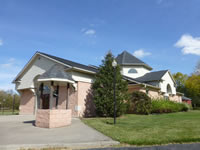
|

|
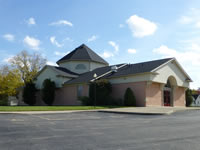
|
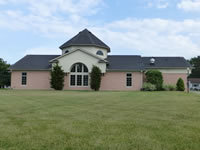
|

|
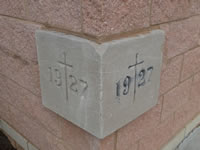
|
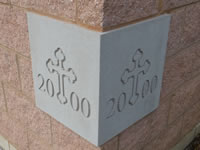
|
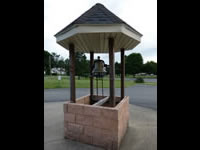
|
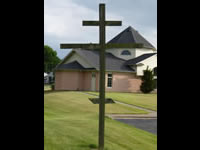
|
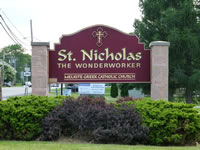
|
|
Former Church | ||
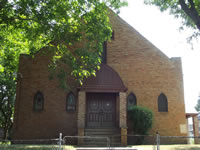
|

|
|


|
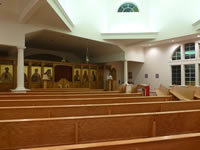
|
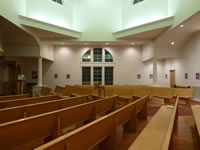
|
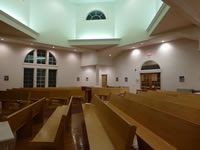
|

|
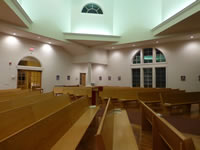
|
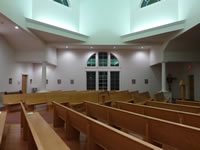
|
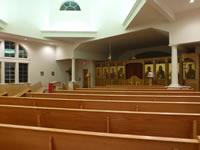
|
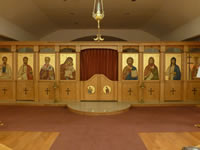
|

|

|
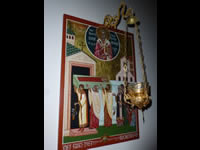
|
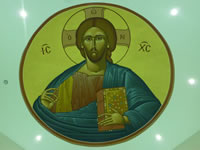
|

|
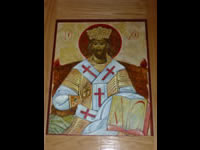
|
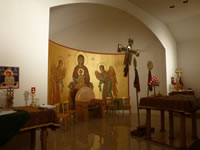
|
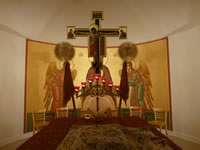
|
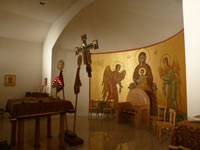
|
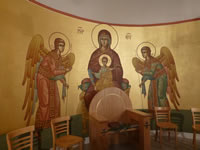
|
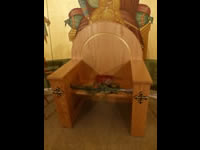
|
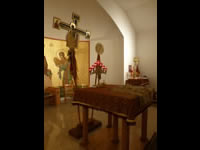
|
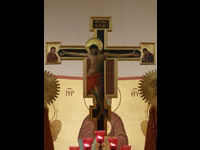
|
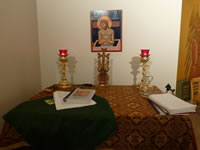
|
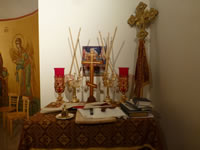
|
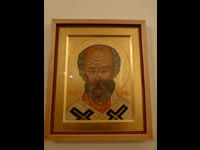
|
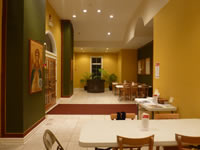
|
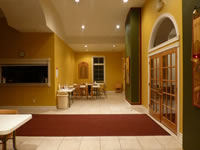
|
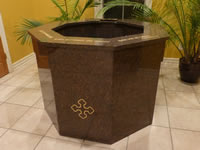
|
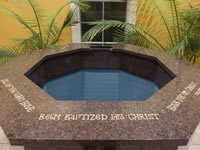
|

|
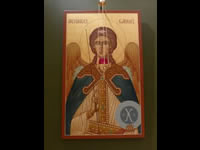
|

|
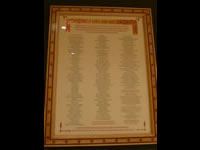
|
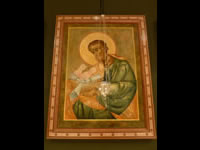
|
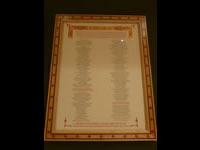
|
|
Iconostasis | ||

|
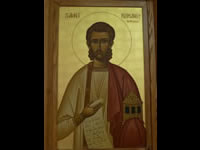
|
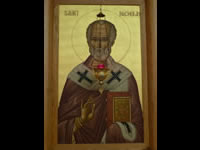
|
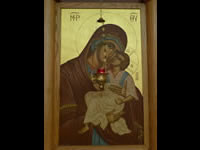
|
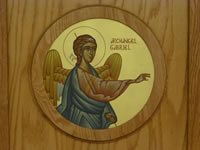
|
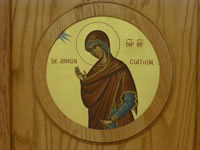
|
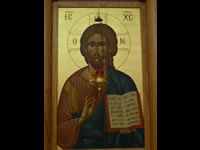
|
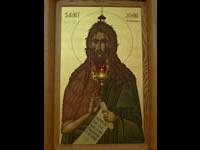
|
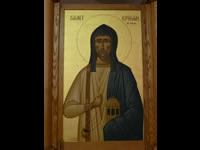
|
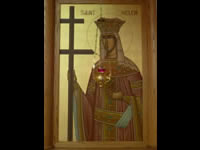
|
||
Icons | ||
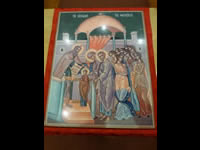
|

|
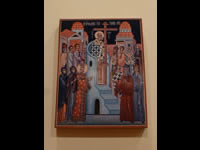
|
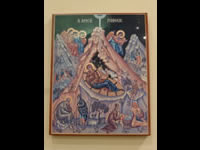
|
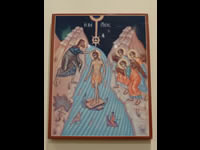
|
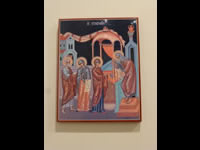
|
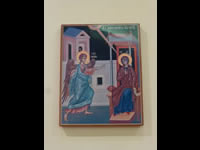
|
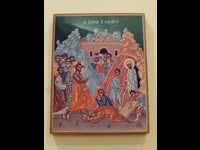
|

|
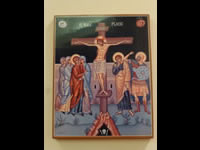
|
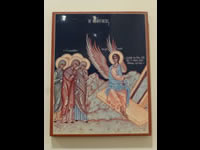
|
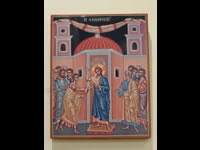
|

|
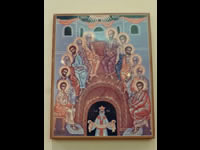
|
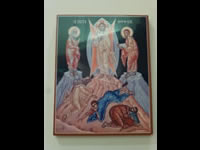
|
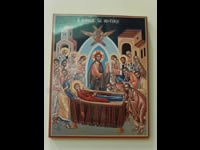
|
||

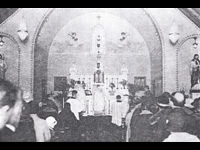
|
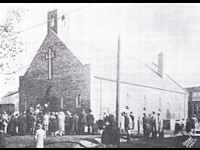
|
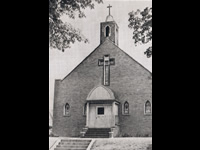
|
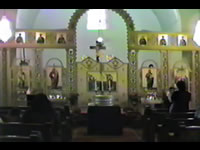
|
© 2008-2025 Rochester Churches. All photographs on this site listed under "External" or "Internal" photographs are property of Rochester Churches. Historical images are the property of their respective owners. This site is an independent project not affiliated with the Roman Catholic Diocese of Rochester. Rochester Churches is not for profit. The purpose of this site is to create an online catalogue of Rochester's Catholic churches, past and present.